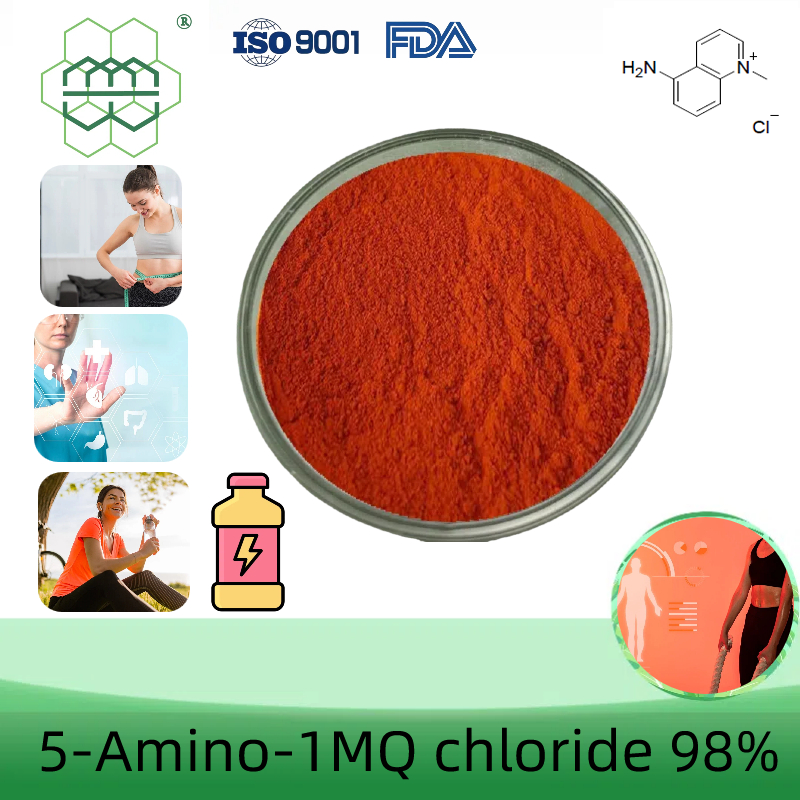-
Categories
-
Pharmaceutical Intermediates
-
Active Pharmaceutical Ingredients
-
Food Additives
- Industrial Coatings
- Agrochemicals
- Dyes and Pigments
- Surfactant
- Flavors and Fragrances
- Chemical Reagents
- Catalyst and Auxiliary
- Natural Products
- Inorganic Chemistry
-
Organic Chemistry
-
Biochemical Engineering
- Analytical Chemistry
-
Cosmetic Ingredient
- Water Treatment Chemical
-
Pharmaceutical Intermediates
Promotion
ECHEMI Mall
Wholesale
Weekly Price
Exhibition
News
-
Trade Service
2 million mt of rice, totaling US$3.
49 billion
.
In particular, Vietnamese rice has been sold to more demanding markets
such as Japan and the European Union.
The price of 5% broken rice in Vietnam was US$458 per tonne, the highest level
since July 2022.
Many companies have a full schedule of orders at the beginning of the year, and the market sends a positive signal
.
It is worth mentioning that China's implementation of the "normal reopening" policy after long-term adherence to the "dynamic zero" of epidemic prevention and control will help promote the growth
of Vietnamese rice exports to China.
since July 2022.
Many companies have a full schedule of orders at the beginning of the year, and the market sends a positive signal
.
It is worth mentioning that China's implementation of the "normal reopening" policy after long-term adherence to the "dynamic zero" of epidemic prevention and control will help promote the growth
of Vietnamese rice exports to China.
Vietnam's Minister of Agriculture and Rural Development, Le Minh Huan, said that exporting high-quality rice to the European or Japanese market proves that the quality of Vietnamese rice has improved, from selecting planting varieties and standardizing planting to meet the needs of
each market.
each market.
Du Ha Nam, Vice Chairman of the Vietnam Grain Association (VFA) and Chairman and General Manager of Intimex Group Joint Stock Company, said that the great achievements of Vietnam's rice industry in the past year are mainly due to Vietnam's selection of high-quality rice production, which has won recognition from many markets
.
Vietnam's rice exports to demanding markets such as the United States and the European Union showed strong growth momentum
.
.
Vietnam's rice exports to demanding markets such as the United States and the European Union showed strong growth momentum
.
Through the export of jasmine-scented rice and high-quality rice, Vietnam has won orders in multiple markets and achieved rapid growth
in demanding markets such as the United States and the European Union, according to the representative of the Vietnam Food Association.
in demanding markets such as the United States and the European Union, according to the representative of the Vietnam Food Association.
Taking Tianci Group as an example, in 2022, Tianci Group's rice exports to the European market increased by more than 200%, and its revenue increased by more than 150%
year-on-year.
As of October 2022, Tianci Group has received orders
for up to 400,000 tons of rice to supply to the EU market in 2023.
year-on-year.
As of October 2022, Tianci Group has received orders
for up to 400,000 tons of rice to supply to the EU market in 2023.
This is a positive signal that Vietnamese rice brands are being welcomed by EU consumers, and it is also an opportunity
for enterprises to seize after the entry into force of the Vietnam-EU Free Trade Agreement (EVFTA).
for enterprises to seize after the entry into force of the Vietnam-EU Free Trade Agreement (EVFTA).
The Vietnam Food Association predicts that in the short term, under the background of increased economic and political uncertainty and increased demand for grain storage, Vietnam's rice export prices will continue to remain high, and rice exports will continue to improve
in 2023.
in 2023.
The association predicts that rice exporters will have a clear advantage
this year due to high rice prices and huge demand from the Chinese, Philippine and African markets.
The Philippines, the largest importer of Vietnamese rice, decided this year to maintain an import tax
of 35 percent.
(End)
this year due to high rice prices and huge demand from the Chinese, Philippine and African markets.
The Philippines, the largest importer of Vietnamese rice, decided this year to maintain an import tax
of 35 percent.
(End)







